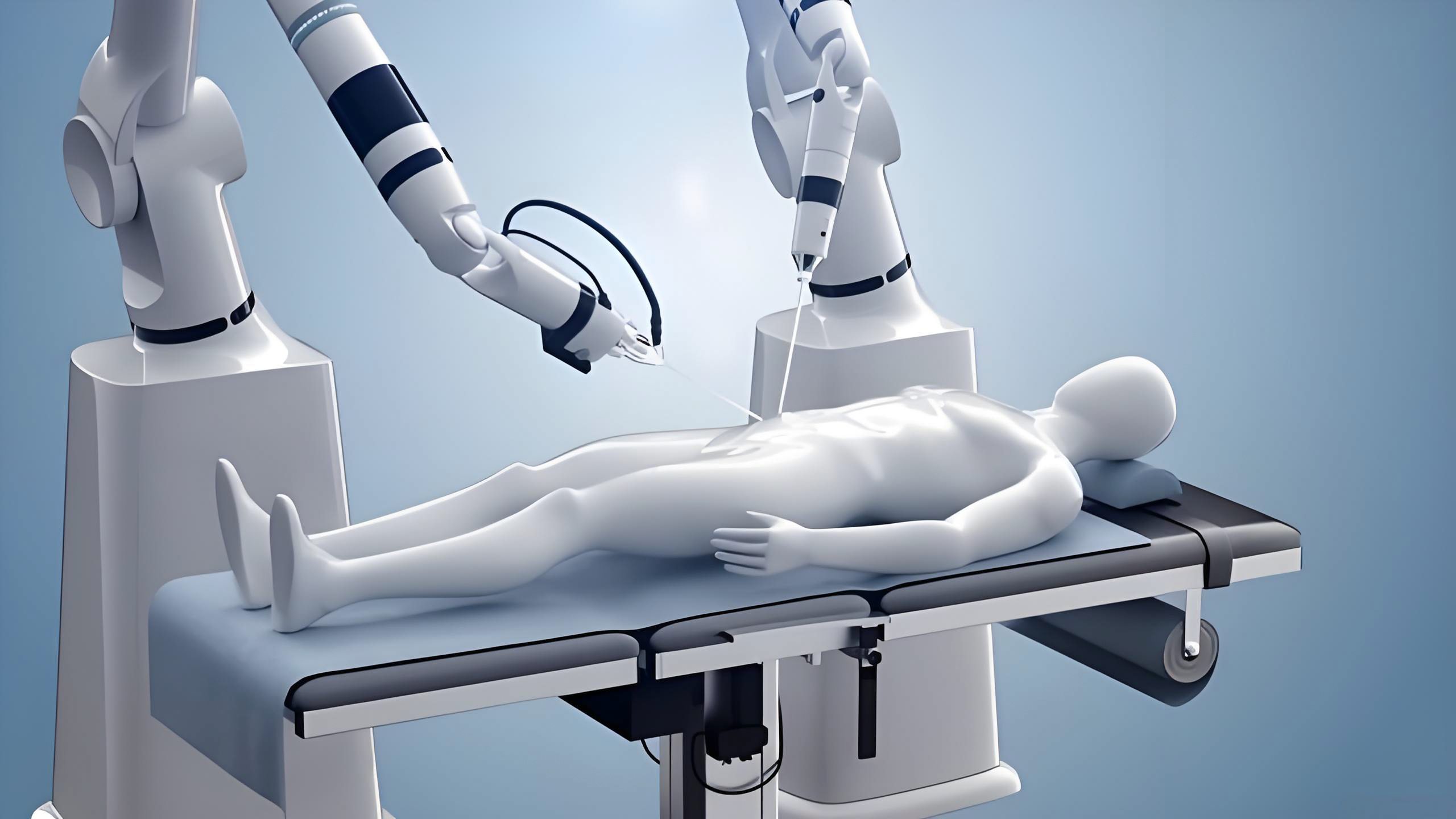
One stop solution for magnetic products

With the continuous advancement in technology, medical robots are gradually becoming important assistants in the medical field. These robots not only improve the accuracy and safety of surgery, but also significantly reduce the workload of doctors. In this process, the importance of motors as the “heart” of medical robots cannot be ignored.
With the continuous advancement of medical technology and the improvement of patients' needs, efficient, high-precision and high-stability motors have become an indispensable component of medical robots. Motors not only determine the motion accuracy and response speed of the robot, but also directly affect the safety and success rate of surgery.
High-performance motors can ensure the stability and reliability of robots when performing complex surgeries.
As the “heart” of a medical robotic device, the performance of the motors is critical. Inadequate motor performance can lead to inaccurate motion, delayed response, or even failure at critical moments. This will not only affect the surgical effect, but also may jeopardize patient safety.
Therefore, proper motor selection is critical to ensure efficient and safe operation of medical robots.
The following are important factors to be considered for motor performance selection:
1. Torque: Higher torque is conducive to improving the load capacity of the robot, which can ensure more accurate and agile operation in the face of complex and fast-paced working conditions.
2. Rotation speed: The right rotation speed represents the response speed of the robot, and a fast and accurate response is the key to a successful operation.
3. Size limitation: Under the condition of satisfying the torque, the compact and small size of the motor directly affects the overall structural design and flexibility of the robot.
4. Cogging torque: low cogging torque can make the robot movement smoother, reduce vibration during surgery, and increase the success rate of precision surgery.
5. Dynamic response: the response speed of the motor to the instruction, higher dynamic response ensures the real-time operation of the robot.
6. Stability and reliability: the ability to operate stably for a long period of time, guaranteeing the continuity and safety of surgery.
Search
Categories List
Please give us a message

Beijing Saint Langma Magnetic Technology Co.,Ltd